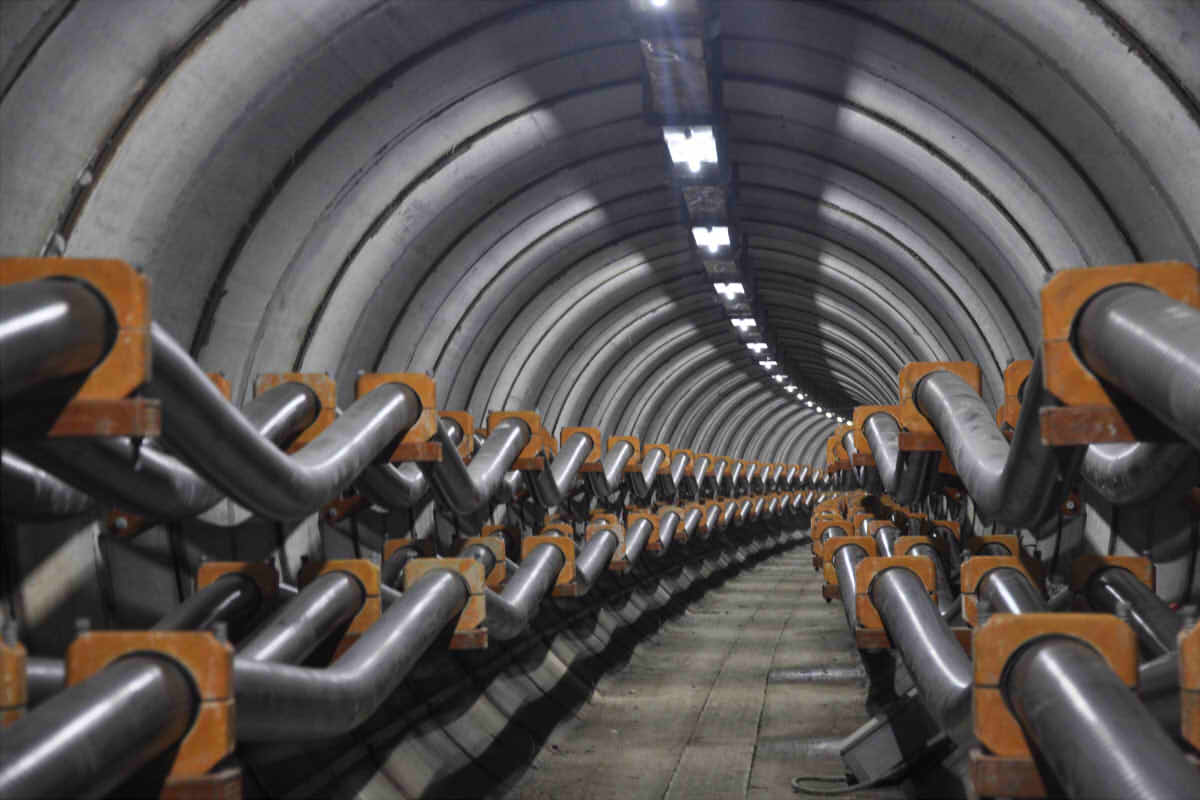To meet the safety and aesthetic requirements of the urban environment, the electrical transmission systems of many cities are laid underground. The different geological conditions, differences in ambient temperature and humidity, weather conditions and other external factors cause significant differences in underground cabling methods and techniques in different areas.
The usual methods of laying underground electrical cables include direct burial, laying along supports, through pipes. It is necessary to choose the appropriate laying method based on the actual environmental situation and usage requirements. Here are some common problems in underground cabling.
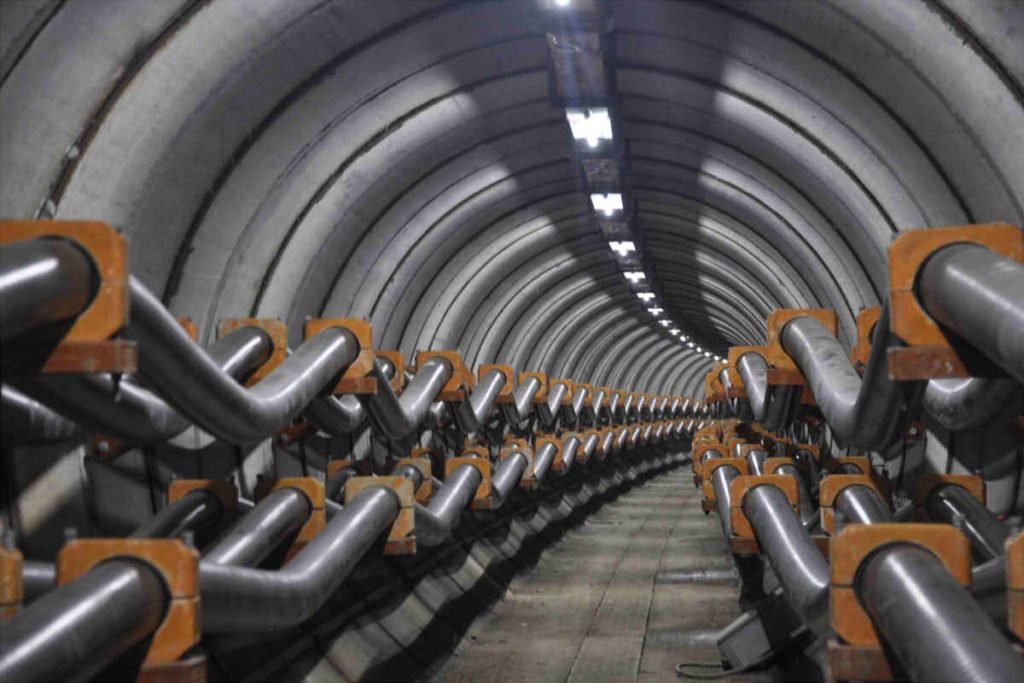
Frequently Asked Questions about Underground Cabling
P: What should be considered when directly burying underground cables? In what circumstances is it used??
R: Laying directly buried requires considering whether the cables are susceptible to damage caused by external impacts.
- If the cables are not going to suffer great impacts, direct laying possible.
- If the cables can be subjected to some relatively large impacts, but within tolerable limits, can be considered to equip with armored layers for direct burial.
- If the external force is greater, it is necessary to use the protection sleeves to protect the electrical underground cables. This can be set only locally (for example, passing by a highway).
P: What advantages and disadvantages does the laying of cables directly buried have??
R: Advantages: Direct burial is convenient and saves materials and labor.
Disadvantages: This laying method is not convenient for maintenance. In case of maintenance, the overburden would have to be excavated. A yellow sand bed is normally required for direct buried cables.
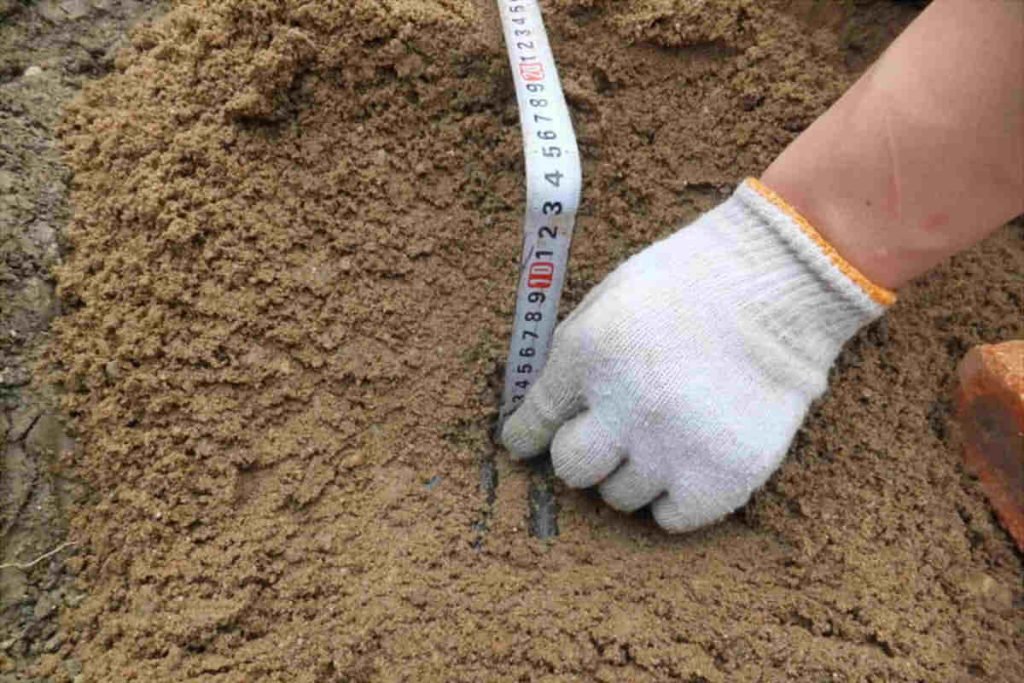
P: Is it necessary to make wells for directly buried cables?
R: If the wires are 6 the least, cable wells may not be available. When the number of cables is high, cable wells can be provided, making it easy to replace and add cables. If municipal cables enter the plant, can be directly lowered from the terminal bars to the high voltage switchgear.
P: How are temporary cables laid on site? (for example, the cables that go from the transformer to the distribution box in the work)?
R: It is strictly forbidden to lay the cables for construction works temporary directly on the ground. They can be laid by burying them directly.
P: What aspects must be taken into account when laying underground electrical cables through pipelines?? Under what conditions should they be used??
A:Laying through pipes, compared to direct burial, it is more convenient for subsequent maintenance and additional lines. In the case of cables laid through pipes, you can consider adding some spare tubes. This will contribute to the future maintenance of the lines., to the increase in capacity, etc.
Cable wells should be considered when the line turns at a large angle or a long distance in a straight line. The most commonly used tubes are cast iron., steel, polyethylene, nylon and carbon, that can be selected according to the needs. Single-core cables passing through metal pipes must pay attention to the influence of the eddy currents.
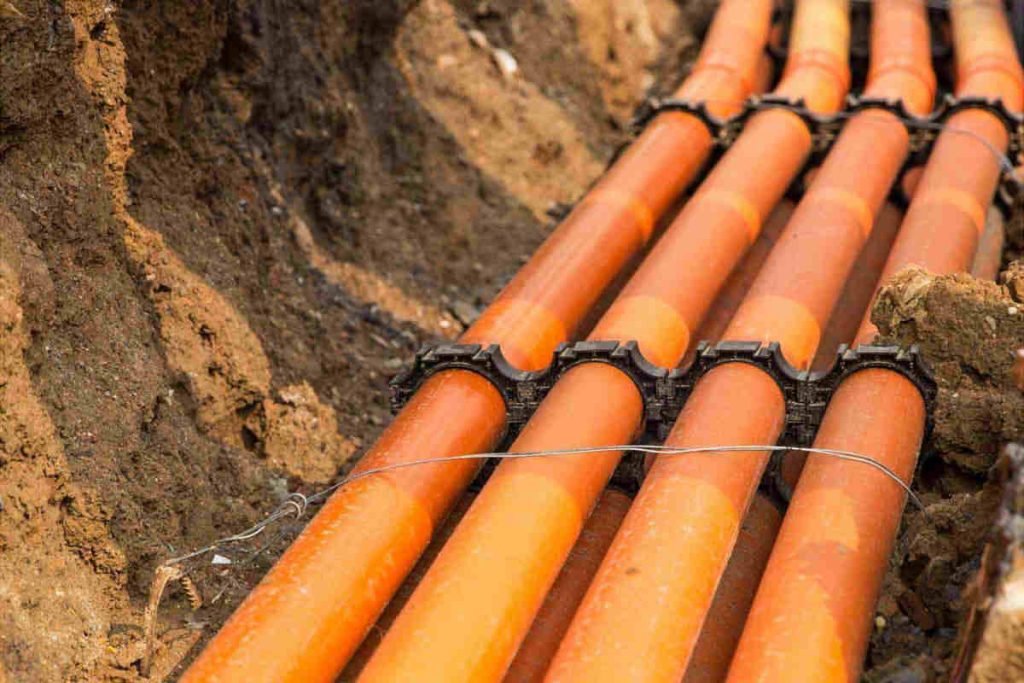
P: What must be taken into account when laying cables in conduit rows and under what conditions are they used??
R: Conduit row laying is mainly used in areas where there are more lines and the layout is more concentrated. This method of laying is simpler and more efficient in terms of material.
P: When cables are laid in rows in the open air, is it a cable in a row of conduits, or there may be multiple cables in a row of conduits?
R: In addition to power plants, substations and other important places, for all the low voltage motor circuits of the same equipment, they can have three or less power cables or various control cables in each conduit.
P:What to do if there is not enough depth to lay the ducts in rows?
A:When to lay cable ducts in rows, if there is no vehicle traffic in the area, the burial depth of the conduits must not be less than 0,5 m. If there is more vehicle traffic in the area, you can add protection plates to the ducts. As an alternative, heavy-walled steel pipes or cable trenches can be used.
P: What should be taken into account when laying cables in trenches? In what circumstances is it used??
R: Los cables of different voltage levels must be installed on different supports. The cable trench itself should pay attention to drainage measures, as well as measures to prevent the entry of small animals such as rats.
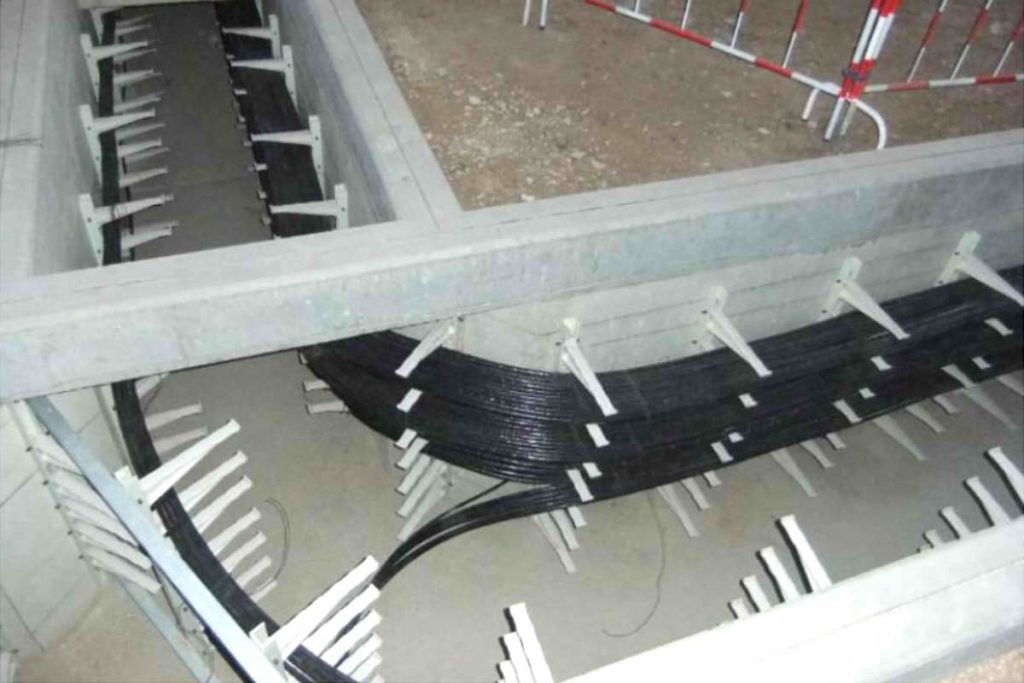
P: What is the number of cables that must be laid using a cable trench?
R: This should be considered based on factors such as project conditions, the environmental characteristics and the type of cables. Usually, Direct burial is recommended for underground cables up to 8, the conduits in rows for cables of 8 a 12, cable trenches 12 a 18 and tunnels for cables of more than 18. The difference between trenches and tunnels for cables does not lie in the number of cables, but in its maintenance and importance.
P: How many layers of supports should be placed in the cable trench?
R: The depth of the cable trench is determined by the number and type of underground electrical cables. For example, Do they have control cables?, low voltage power cables and high voltage electrical cables, will generally set three layers of supports.
P: How many cables can be laid in a trench without supports??
R: Trench supports are generally needed. without supports, cable maintenance will be more problematic. If the project is not large and the number of cables is not excessive, it is possible to hang without supports. Nevertheless, the heat dissipation will be worse and there will be an impact on the cables if there is water in the trench.
P: Is it necessary to use armored cables when laying cables in trenches??
R: It is not mandatory to use armor for cables in trenches. You have to judge it by the environment. If the area is infested with rats, it is recommended to use armored underground cables.

